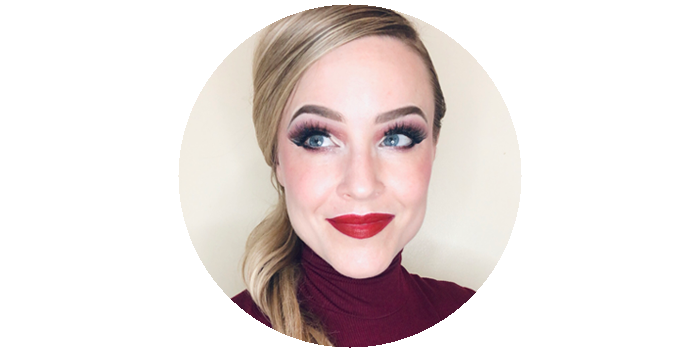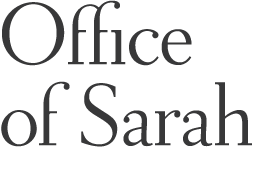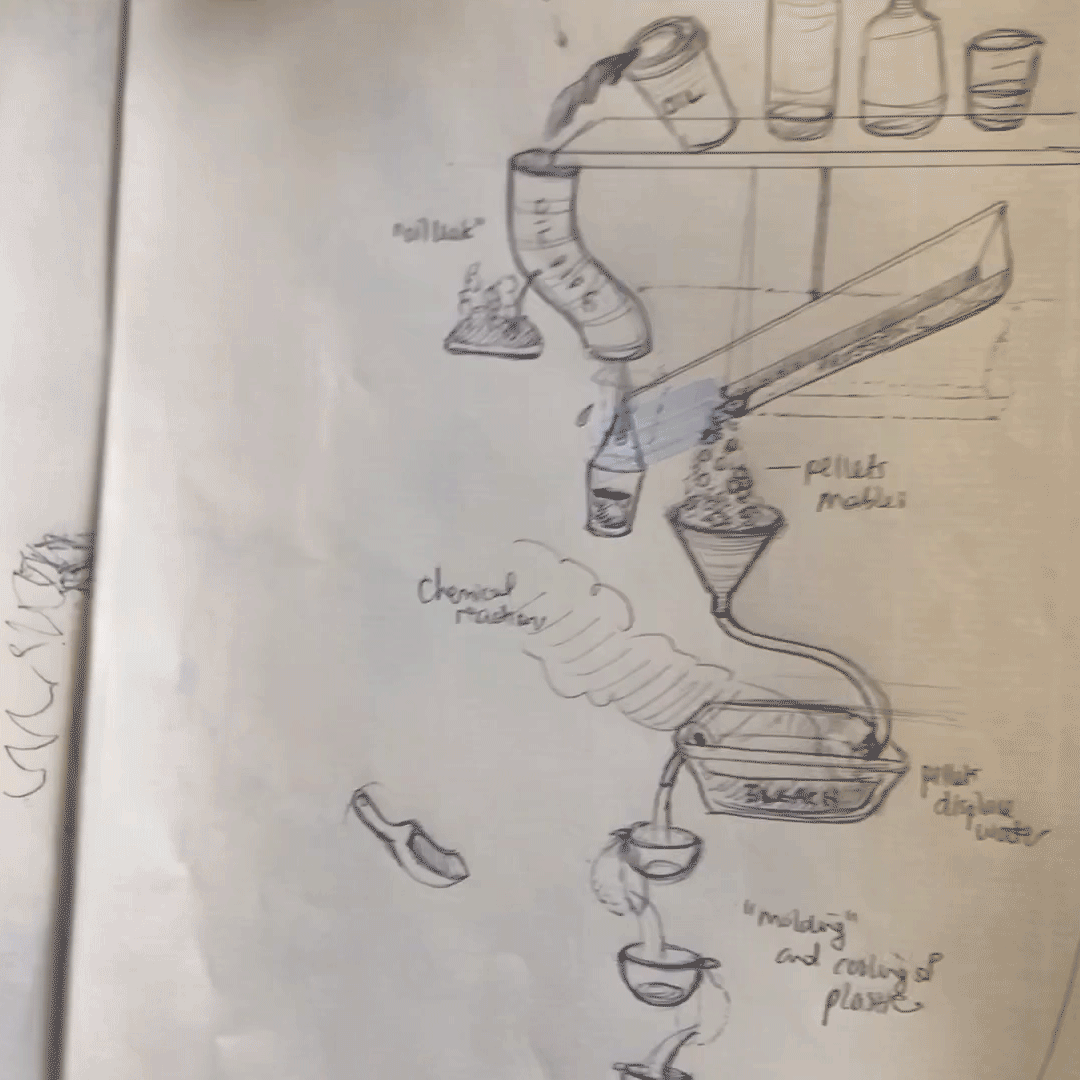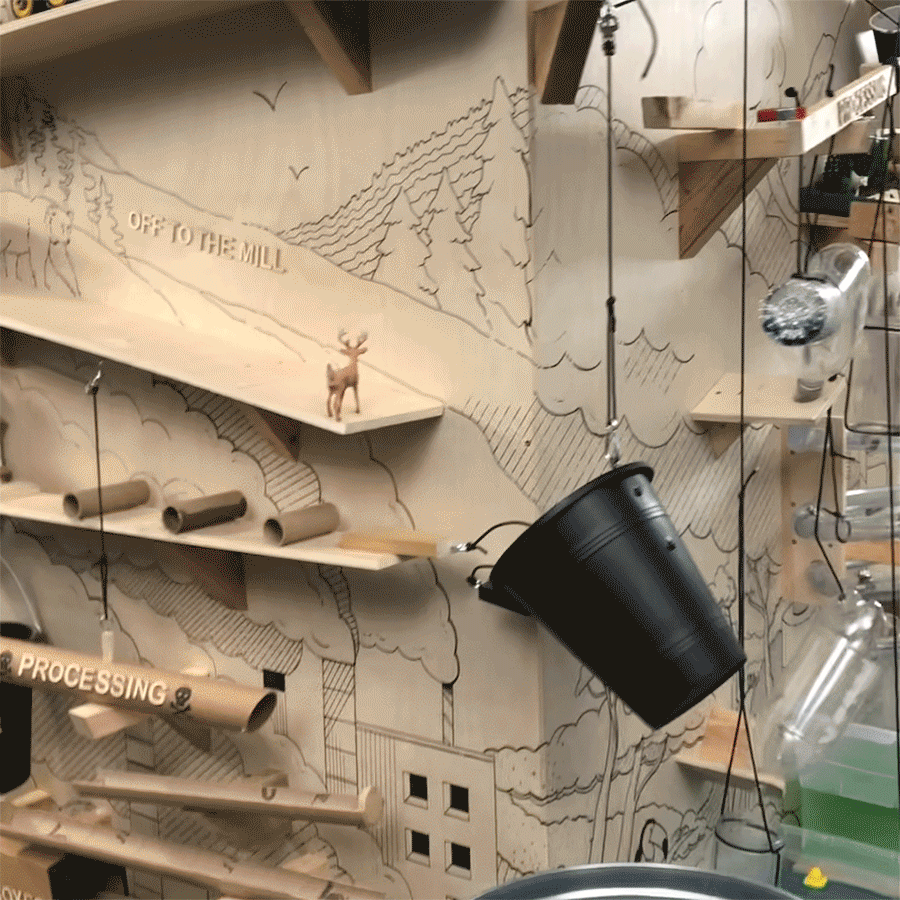That consistent Creative Process
A rare behind-the-scenes peek into my design process, as I share my experience working on a Rube Goldberg machine project for Canopy Planet.
That constant friend, the Creative Process
Working on a totally brand-new type of project was a great reminder for me that no matter how strange or new the project, the creative process stays the same. I think this process is useful for anyone trying something new, and you’ve probably used it without even realizing you were thinking and working like a designer!
In a nutshell, the steps of the Creative Process generally resemble something like this:
Orientation: exactly what it sounds like – kind of like going on a big hike or trek, you need to figure out what mountain you’re climbing, who’s on the team, when you expect to reach the summit, what you need to pack, etc. Often this info is summarized in a document called The Design Brief.
Research + Strategy: sticking with the previous analogy, you can think of this step as analyzing and deciding on the best trail to take you up a particular mountain – Orientation is the map, Strategy is the highlighted trail you’re going to take to get to your destination, chosen based on the Research.
Ideation + Concepts: the creative process is always an iterative process. In other words, it involves lots of sketching, exploration, testing things out, taking one step forward and then two step back. To me, this is the “magic” step where the stuff people often label “creativity” happens and grows.
Build/Development: I feel like often there’s a misconception that this step is where the creative process starts, but the Build/Development actually lives more in the middle of the process. There is definitely still some creativity and serendipity that happens within the Build, but a lot of the big creative decisions have already been hashed out at the Ideation phase. It’s like the reality TV show Survivor: all the concepts except one get voted off the island, and that winning concept is what you take forward and actually build/develop.
Refinements + Edits: I have yet to encounter a project that didn’t require editing, proofreading, edits, and refinements. This part of the process can involve quite a bit of back-and-forth between the creative and technical teams, as well as with the client. This is the detail-oriented part of a project, where you’re dotting all your Is and crossing all your Ts.
In the third episode of my mini-series on Building a Rube Goldberg machine, I chat a bit about the Creative Process, going into the ideation and design phase of the project. Check out Episode 3 video below, or view it on YouTube!





